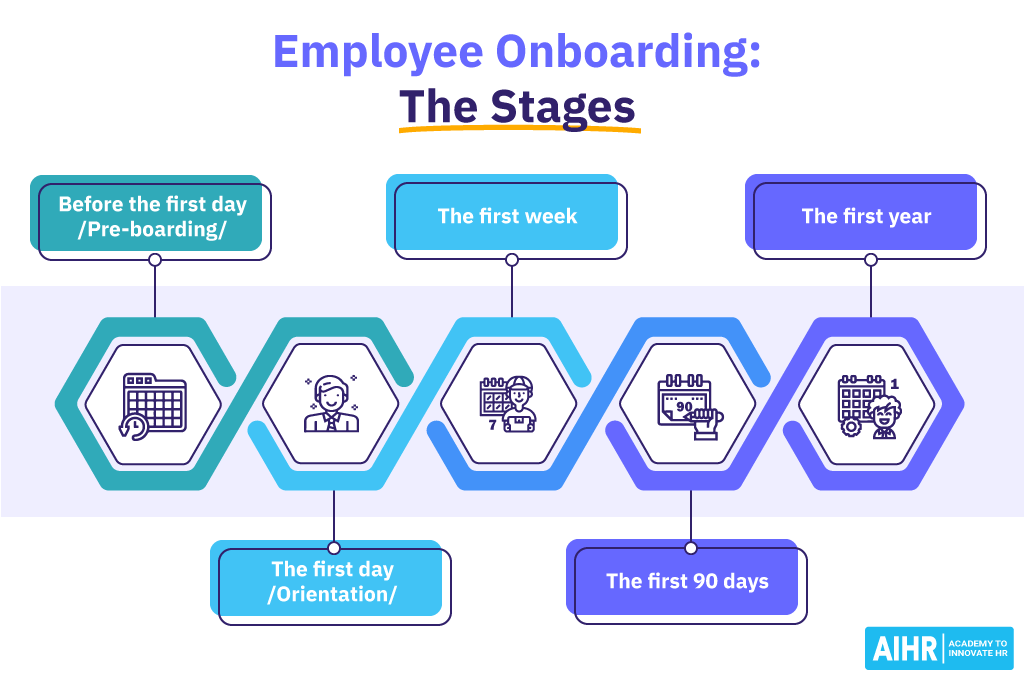Onboarding
What is Onboarding
Definition:
Onboarding is a systematic process designed to welcome, integrate, and acclimate new members, such as employees, customers, or users, into an organization or system. It aims to provide individuals with the knowledge, tools, resources, and support they need to become productive and engaged contributors from the outset of their journey.
Analogies:
Consider onboarding as the orientation session for new students at a university. Just as universities provide orientation programs to familiarize students with campus facilities, resources, and academic expectations, organizations implement onboarding processes to orient new members to their roles, responsibilities, culture, and values.
Further Description:
Onboarding extends beyond mere orientation and encompasses a series of activities and interactions designed to facilitate a smooth transition and integration for new members. It typically includes orientation sessions, training programs, mentorship opportunities, access to necessary tools and systems, and ongoing support to help individuals navigate their roles effectively.
Key Components of Onboarding:
- Orientation and Introduction: Introducing new members to the organization’s mission, vision, values, culture, policies, and key stakeholders sets the foundation for a successful onboarding experience.
- Training and Skill Development: Providing comprehensive training programs and resources enables new members to acquire the knowledge, skills, and competencies required to perform their roles effectively.
- Access to Resources and Tools: Granting access to necessary tools, systems, documents, and support networks empowers new members to navigate their responsibilities and collaborate with colleagues seamlessly.
- Feedback and Evaluation: Soliciting feedback from new members and providing regular evaluations of their progress allows organizations to identify areas for improvement and provide targeted support and guidance.
Benefits of Effective Onboarding:
- Improved Retention: A well-executed onboarding process fosters a sense of belonging and engagement among new members, reducing turnover rates and enhancing retention.
- Increased Productivity: By equipping new members with the knowledge, skills, and resources they need to excel in their roles, onboarding accelerates the transition to full productivity and performance.
- Enhanced Engagement: Onboarding cultivates a positive first impression and experience for new members, fostering stronger connections to the organization and its mission.
- Positive Organizational Culture: A robust onboarding process reinforces organizational culture, values, and norms, contributing to a cohesive and supportive work environment.
Challenges in Onboarding:
- Lack of Resources: Limited resources, time constraints, and competing priorities may pose challenges in delivering comprehensive onboarding programs.
- Remote Onboarding: In a remote or distributed work environment, establishing meaningful connections and providing hands-on training and support can be more challenging.
- Consistency and Scalability: Maintaining consistency and scalability across different departments, teams, and locations requires careful planning, coordination, and standardization of onboarding processes.
Key Takeaways:
- Onboarding is a strategic process designed to welcome, integrate, and support new members as they transition into an organization or system.
- Key components of effective onboarding include orientation, training, access to resources, and ongoing support and evaluation.
- Effective onboarding contributes to improved retention, increased productivity, enhanced engagement, and a positive organizational culture, but it also requires addressing challenges such as resource constraints, remote onboarding complexities, and ensuring consistency and scalability.





